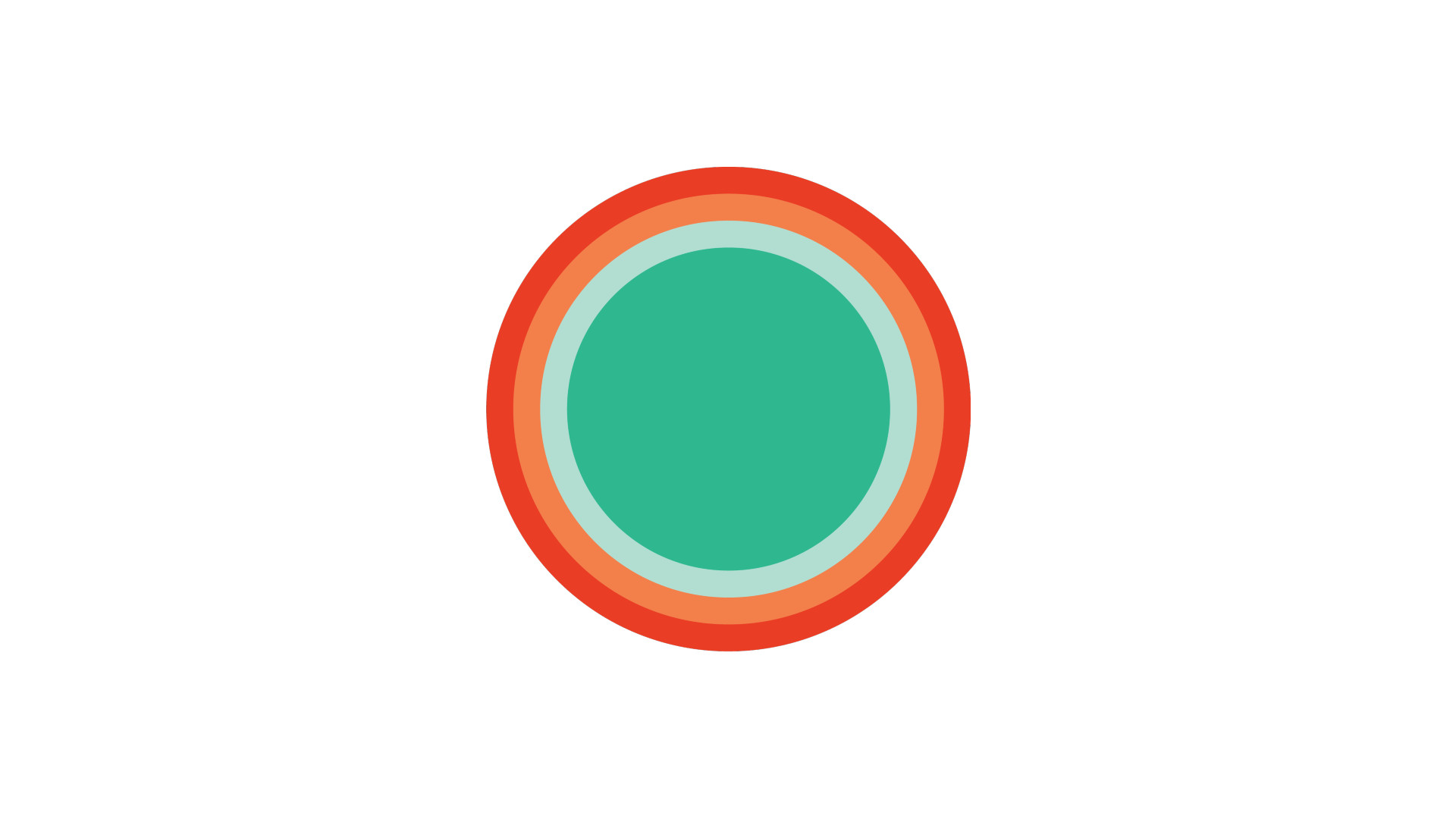
What to see and do
1. Djúpavogskörin is a nice geothermal hot tub just south of Djúpivogur town. A borehole provides hot water and some locals put up two tubs for people to relax and enjoy the lovely view of the surrounding fjord.
Please make sure to keep it clean and leave no trace behind, even clean up if someone has left empty cans or other trash there.
2. Hálsaskógur is in Búlandsnes, a short distance west of Djúpivogur. The forest area is very nice and there are signs providing information about the forest, such as the tree species, as well as tables and benches. There are footpaths going through the planted forest which makes it particularly suitable for those who prefer light walks.
3. Langabúð cafe is in the oldest building in Djupivogur, dating back to 1790. The cafe offers a wide variety of homemade goods such as soups, bread with salmon and smoked lamb, cappuccino, espresso, latte, and delicious cakes. The menu has a variety of vegan and gluten free choices. You can also try out a selection of Icelandic beers and spirits.
Langabúð is Djupivogur’s cultural center, housing museums and exhibitions, and is the corner stone in the town’s culture. The museum exhibits the life and work of Rikardur Jonsson, a sculptor and artist, and a memorial of the politician Eysteinn Jonsson and his wife, Solveig Eyjolfsdottir. The building’s loft houses a heritage museum.
The cafe offers a wide variety of homemade goods such as soups, bread with salmon and smoked lamb, cappuccino, espresso, latte, and delicious cakes. The menu has a variety of vegan and gluten free choices. You can also try out a selection of Icelandic beers and spirits.
Hours of Operation:
Summer: May 15th – September 15th, every day: 11:00-18:00 Winter: Please contact us for opening hours.
Admission: ISK 500
4. The Eggs in Merry Bay are outdoor work of art by the artist Sigurður Guðmundsson, that show 34 replicas of eggs of nesting birds that nest in the vicinity of Djúpivogur. There is a rich birdlife in the area and the eggs reflect the strong connection that Djúpivogur has with nature.
Eggs in Gleðivík is a popular tourist destination and has become one of the landmarks of Djúpivogur.
5. Black sands
Just outside the airport in Djúpavík are the Black Sands. It is a natural pearl complete with unique birdlife. The area offers a wide range of outdoor activities for the whole family and does especially well with bird enthusiasts.
6. Teigarhorn, close to Djúpivogur, is known for remarkable geological formations and interesting history of industry and culture. Teigarhorn is a nature reserve, and part of it is a natural monument. There is year-round ranger at Teigarhorn, and development work in the area is being done in harmony with nature.
Teigarhorn is one of the most significant mining sites of zeolites in the world. Among the types of zeolite stones found at Teigarhorn are schoolite, stilbite, epistilbite, mordenite, laumontite and heulandite. There are also other minerals, such as seladonite, opal, chalcedony, rock crystal, calcite and Iceland spar. Zeolites from Teigarhorn have been used in various geological studies for more than 200 years. These include descriptions of crystal forms, chemical composition, internal structure of crystals and optics, some of which are among the first descriptions of the rocks in question. Samples from Teigarhorn were sold to museums around the world in the second half of the 18th century, but since 1976 the main mining places have been protected as natural monuments.
The beautiful old building, Weywadthús, at Teigarhorn, was built by Níels P.E. Weywadt in the years 1880-1882. He was a store manager in the Örum and Wulff store in Djúpivogur. Weywadthús has been part of the National Museum of Iceland since 1992. Níels’ daughter, Nicoline Weywadt, was the first Icelandic woman to study photography and operated a photography studio in Teigarhorn. Nicoline is also believed to have owned the first sewing machine in East Iceland.
7. Rolling Snowball – is held in a former fishmeal plant in Gleðivík and exhibit the works of contemporary international artists through the cooperation of Djupivogur municipality and the Chinese- European Art Centre. Opan from mid Jul. to mid Aug.
8. Bondavardan – The farmers ‘cairn, stands high on the ridge just seawards of the village. The view from Bóndavarðan cairn is great! It may have been first erected by farmers keeping watch towards the sea after a severe raid by North African pirates in 1627. There is a view indicator up the cairn.
9. Tankurin
Tankurin is an old tank, previously used for cod liver oil that has to be reformed into exhibition space. It is always open and whether there is an installation there when you are visiting, or not, you can at least enjoy the marvellous reverb!
10. Bulandstindur
Búlandstindur is a 1069-meter-high basalt mountain in Djúpivogur district and is believed to be about 8 million years old. Búlandstindur is generally considered to be one of the most beautiful mountains in Iceland.
It is the king of our community’s magnificent mountains, is easy recognised by its pyramid shape. It towers high above the peninsula between Berufjordur and Hamarsfjordur, and at 1069 m is the highest mountain rising directly from the Icelandic coast.
There is a good mobile connection on the summit. According to the legend, it can make wishes come true during the summer solstice; others believe it has supernatural powers.
11. Æðasteinn lighthouse – a pretty structure, a little way inland from the Gleðivík Eggs. Walking distance from the Tankur. It’s a nice place worth to visit during the walk.
